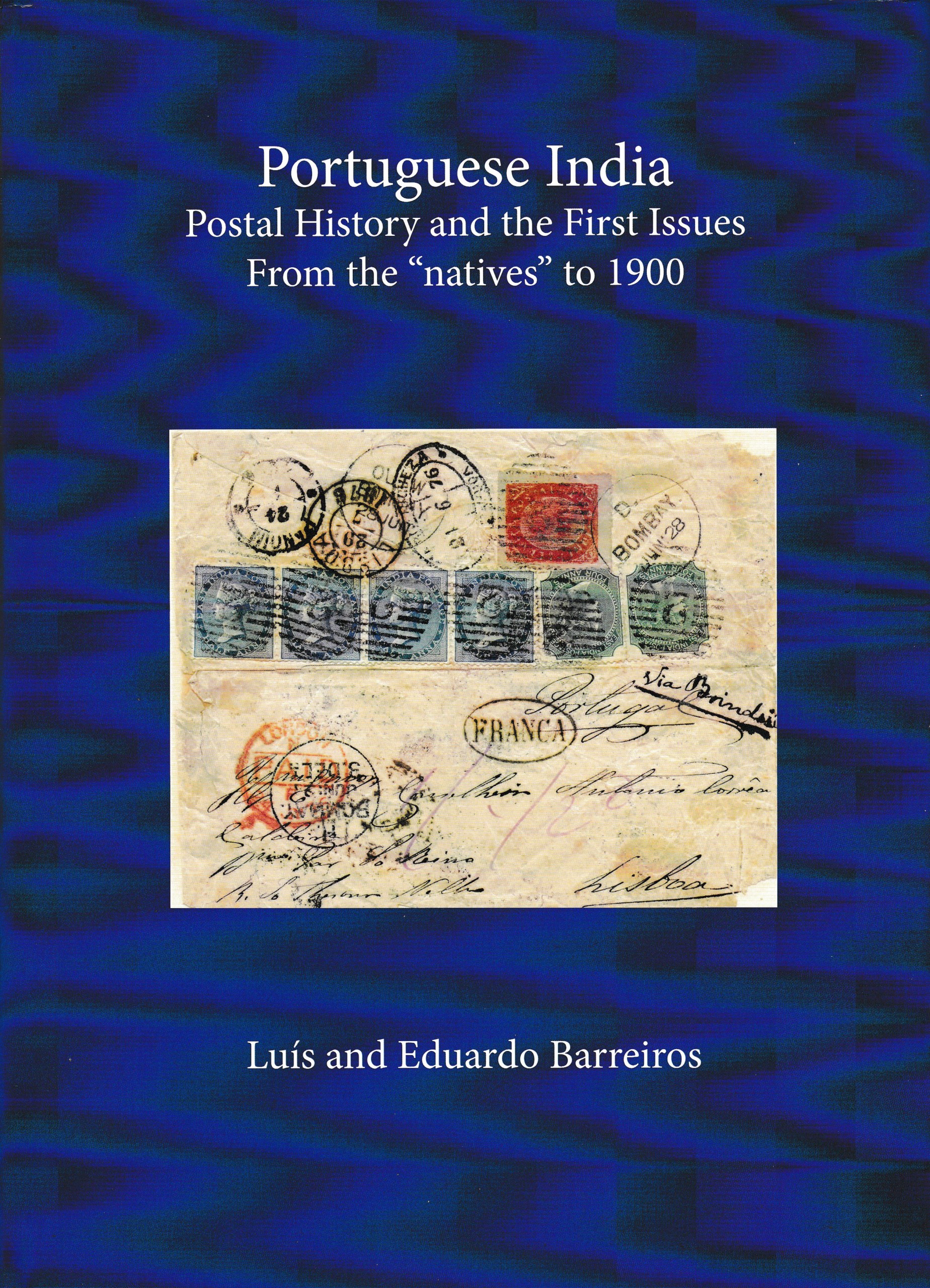It was the Portuguese who, in the 15th century, explored areas where no one had ventured before. In 1488, Bartolomeu Dias was the first to sail around the Cape of Good Hope; ten years later, Vasco da Gama completed the pioneering feat and discovered the sea route to India. This was the beginning of a golden age for Portugal, which from then on was able to establish itself as the leading maritime power in Europe and, with its dominance in the Indian Ocean, took over the monopoly for the coveted spice trade from the Arabs.
Of several Portuguese settlements that lined the west coast of India at the time, only three, known collectively as Portuguese India, survived into the 20th century and were the last European colony to be incorporated into the Indian Union only in 1961: Damão, Diu and, the largest, Goa. All the other possessions – Cochin, Calicut, Cananore and Basseim – were lost in warlike conflicts; Bombay was ceded to Great Britain in 1662 as Catarina of Bragança’s dowry on the occasion of her marriage to King Charles II.
The book is divided into two parts. The first 232 pages are devoted to the eventful postal history of Portuguese India. The earliest letters reached India by land via the so-called Overland Mail; from 1510, with the capture of Goa, the sea route was open. From then on, postal traffic in the faraway colony was managed from Goa. The authors have compiled all available, often widely scattered information on the postal history of Portuguese India and supplemented it with their own research. They present it comprehensively with great expertise and enrich their explanations with generously interspersed exquisite illustrations. In addition to the chronological development, they go into detail about intra-colonial postal traffic, the sea mail, postal reforms and postal contracts. They provide rate tables for traffic to the mother country and the other Portuguese colonies and illustrate all the postmarks of Goa, Damão and Diu used until about 1900. Explanations are given on postal transport by rail and river steamers as well as on postal routes to British India and from there further east as well as to Europe. The introduction of stamps and postal stationery is described in detail, separated according to the different issues. And the telegraph and telephone service in the last decade of the 19th century is also worth a chapter. Several pages of bibliographical information and a very detailed index round off this first part.
The second, in the form of a handbook, deals with the early stamp issues of Portuguese India up to 1888. India was the first Portuguese colony to receive permission from King Luís in 1869 to produce its own stamps, apparently because British India had already had such stamps since 1854 and there were lively trade relations with its neighbour. The production of the stamps in the Goa printing works – they were issued on 1 October 1871 – was done with the most simple means, which is why they are known as “native stamps”. A publication by Harrison & Napier at Stanley Gibbons in 1893 made the issues known to a wide readership and triggered a great demand among collectors and dealers.
The individual values are presented in chronological order of their appearance in an almost unbelievable concentration with all types, varieties, colour variants, papers, watermarks, largest units, cancellations and of course covers of the finest quality. It will be extremely hard to collect such a great range of material again.
The noble presentation of the book is a worthy, appropriate framework for this work, which was produced with scientific thoroughness and is the fruit of more than fifteen years of intensive work on Portuguese India. The crowning result rewards all efforts!
Rainer von Scharpen, AIJP
BARREIROS, Luís & Eduardo, Portuguese India. Postal History and the First Issues: From the “natives” to 1900. 380 pages, size A-4, colour illustrations, hard cover, thread stitching, ribbon bookmark. London: The Royal Philatelic Society London, 2022. ISBN: 978-1-913015-18-3. Price: £66 (RPSL members £60) + postage £21. Available from: RPSL, 15 Abchurch Lane, London EC4N 7BW, United Kingdom. Online shop: http://www.rpsl.org.uk


